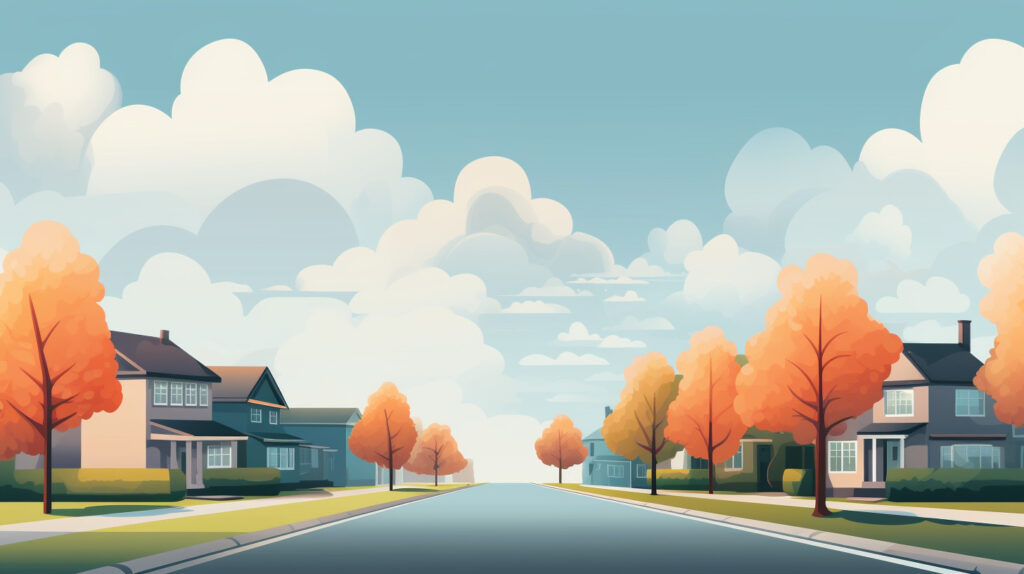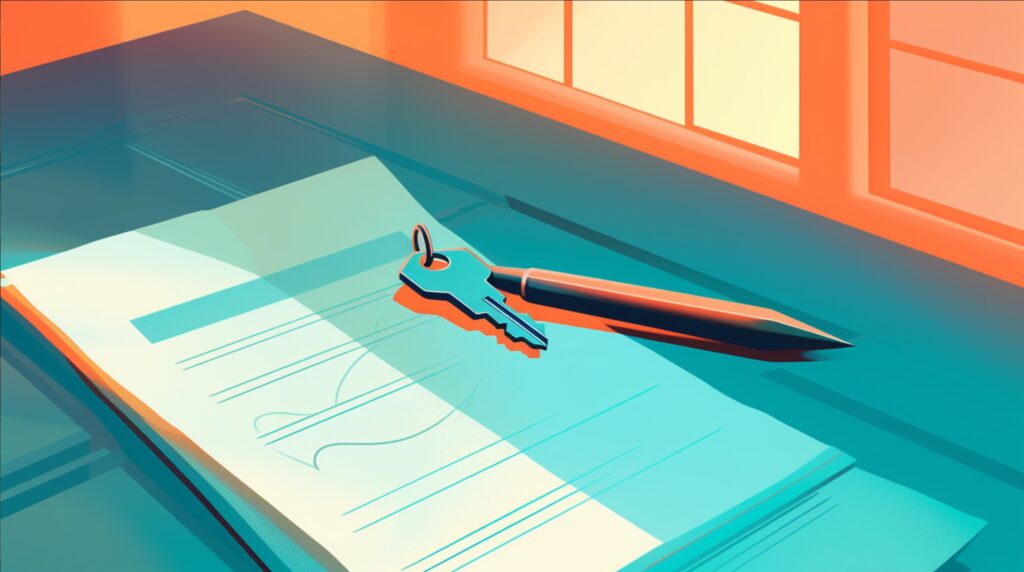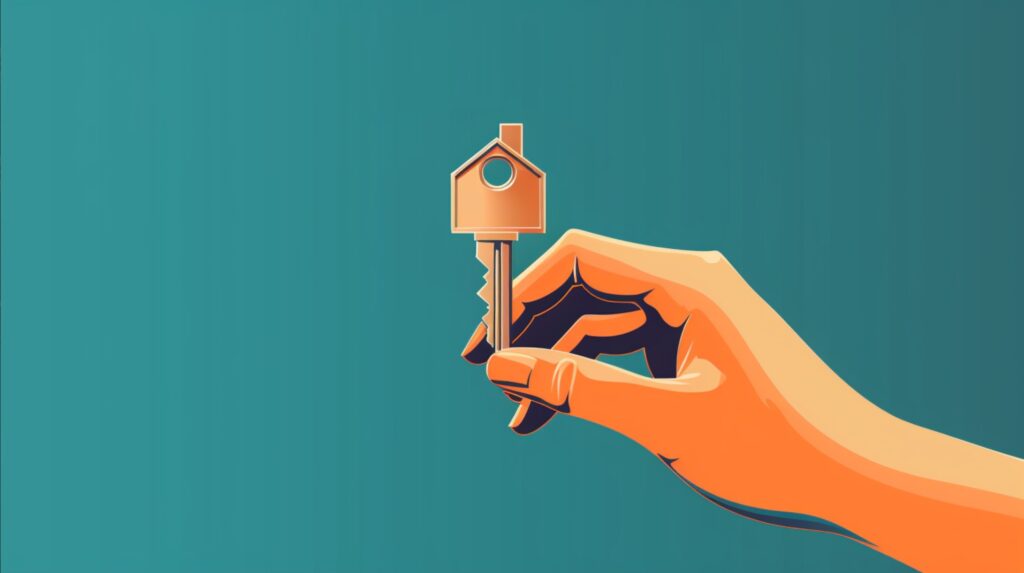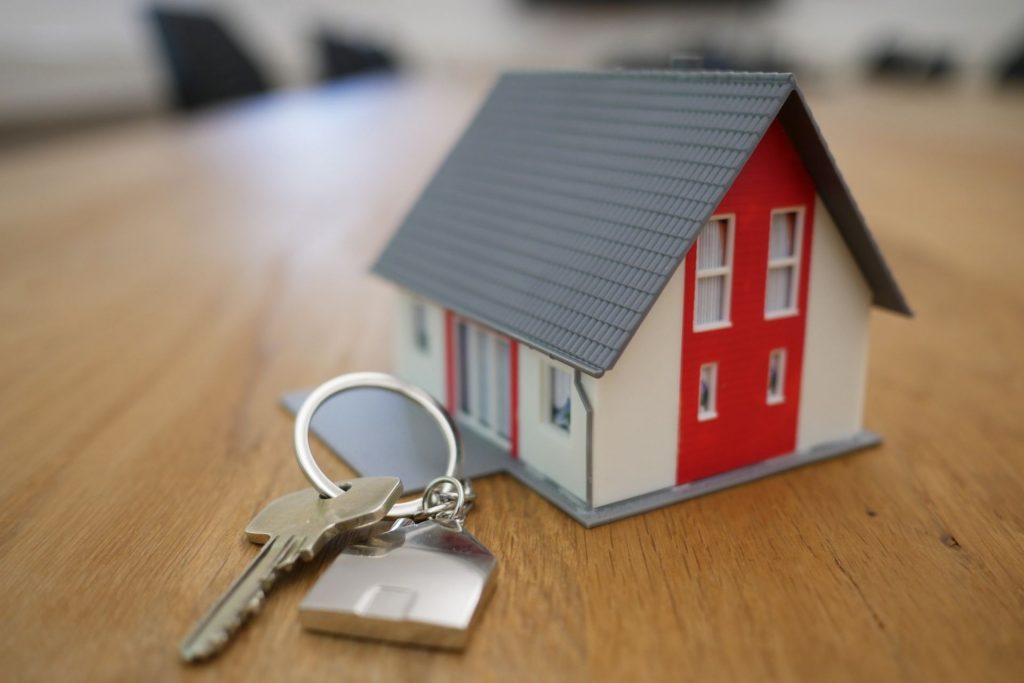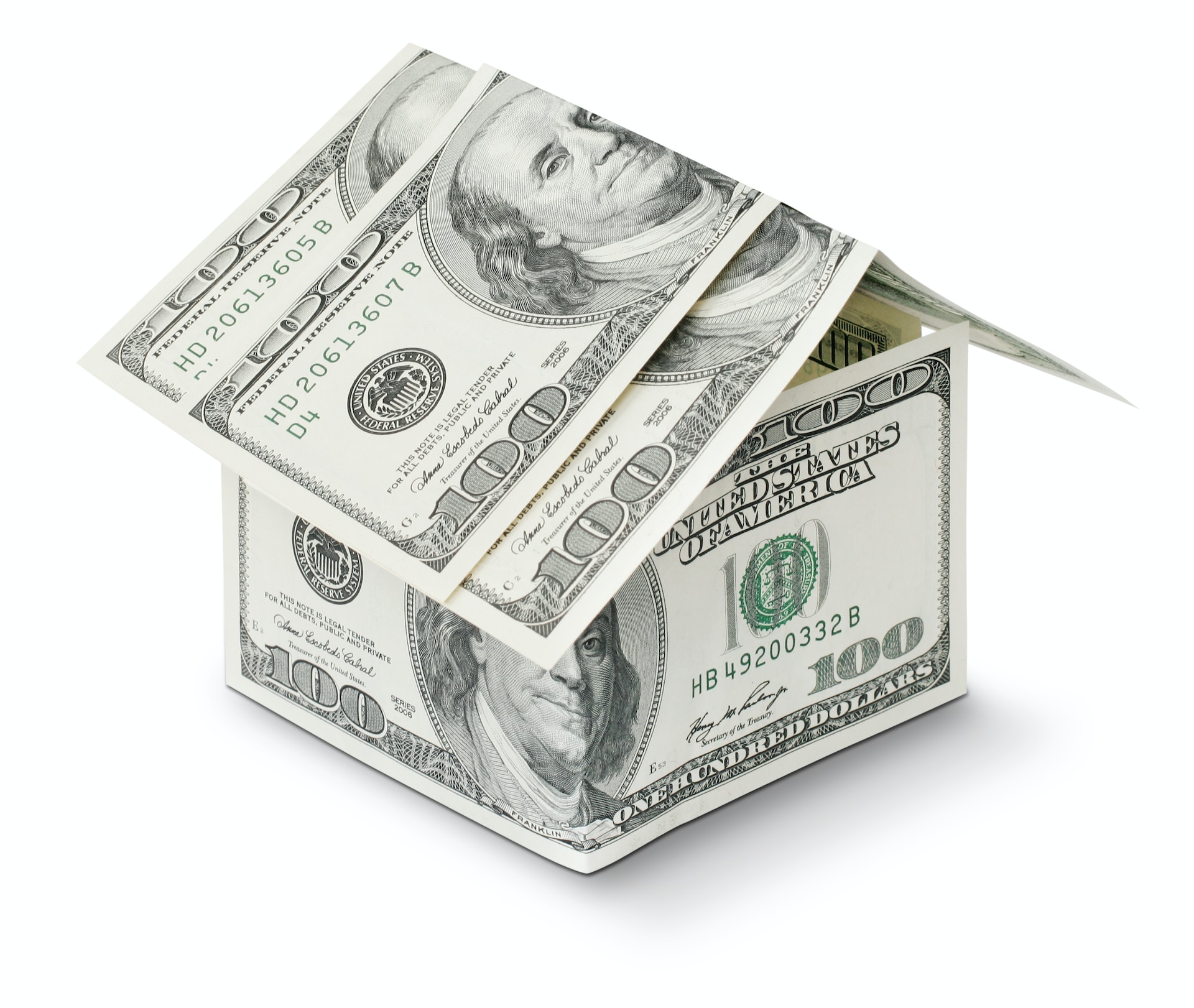
We are reader-supported. When you buy through links on our site, we may earn an affiliate commission.
The lack of affordable homes may not get enough press. Despite most young people citing ownership as an indicator of success, many millennials and Gen Z members find it financially impossible to purchase. As a result, they’ve fallen short on wealth creation, possessing a fraction of the Baby Boomer generation. Many live a perpetually unstable lifestyle that wreaks havoc on their mental health. What are the factors driving the housing shortage?
Why is it so much harder to buy a home today than in years past? Why aren’t there enough affordable homes, and how can the nation address this lack? Here are five factors driving the housing shortage and possible solutions.
1. Rising Costs
If you tried to build a home in 2021, you undoubtedly encountered some serious sticker shock at the lumber yard. One factor driving the housing shortage is inflation. Prices rose a remarkable 18.9% during that year alone, and while the inflation rate has slowed somewhat, it’s still at 8.3%.
Higher materials cost equals a larger sticker price on the final product. However, wood and metal aren’t the only things increasing in price. So is labor, as rising prices require higher salaries to keep pace with the cost of living. The average construction worker wage rose by 6.1% between December 2021 and 2022, higher than average but still lower than inflation.
You would think that high prices combined with low wages would create a surplus. However, housing is unique because of how labor-intensive it is to construct and how durable it is. In a market economy, builders strive to meet demand, meaning designing higher-end residences for those who can afford the price.
Fortunately, innovative building materials offer paths forward. Some of these include the following:
- Prefabricated panels: Prefabricated pieces made in a factory and assembled onsite save countless dollars lost due to inclement weather and theft.
- Used shipping containers: These are great for more than tiny houses — combine several for a larger structure.
- Bamboo: Some species of this hardy wood grow three feet a day.
- Earth: Homes built in the earth keep heating and cooling costs low as they maintain a constant temperature, reducing insulation needs.
2. Local Zoning and Building Ordinances
Scores of people would love to embrace tiny home living, with over half of Americans expressing a desire and less than a quarter saying they would refuse. Why isn’t the nation addressing the housing shortage by building rows of such housing along residential blocks?
The trouble often lies with local building and zoning ordinances. These usually require homes to meet minimum square footage requirements to protect the value of surrounding properties. However, refusing to change them to reflect society’s changing needs only prolongs the housing shortage and contributes to lasting poverty and homelessness.
What can you do? Get involved. Relatively few people run for election for planning and zoning boards. In some jurisdictions, officials like the mayor make such appointments, so attend public meetings and make your interest known.
For example, many jurisdictions experience considerable arguments about low-income rental projects. Current residents fear that such projects lower surrounding property values. However, an affordable tiny home subdivision is another alternative that offers the pride of ownership to residents and could help local business owners fill available job slots.
3. Living Longer and Better
People are living longer, healthier lives — and that’s a good thing. Unfortunately, it also contributes to the housing shortage.
More people today prefer to age in place, given the high cost of senior care. Retirement living can average around $3,500 monthly, more than many people pay on their mortgages. It makes financial sense for people who can remain in their homes to do so, especially after paying them off and eliminating that monthly payment. Plus, many such individuals have adult children living with them.
Such homes often stay in the family. Many homeowners today create irrevocable trusts to safeguard their homes in case they need nursing care subsidized by Medicaid. Most include provisions that they remain until death, at which time the house passes to a beneficiary, typically a spouse or child. Therefore, these properties do not become part of the available pool.
With fewer older homes on the market, builders must increase new construction to pick up the slack. However, that hasn’t been happening since the Great Recession of 2008.
4. Fewer Affordable, Entry-Level Homes Being Built Since the Great Recession
Home building entails considerable risk as a lot can go wrong through the construction and escrow process. Many builders learned harsh lessons from the Great Recession of 2008, resulting in them producing less new inventory.
From 2007 to 2010, closings and revenues of the top 200 builders plunged by over 60% and caused many smaller firms to shutter their doors. People still feel the ripple effect as the market remains 63,000 homes short of 2007’s new units.
Although some builders have recovered by exploring alternative markets, including active adult and multifamily housing, relatively few affordable new home options remain for first-time buyers. The median home sales price is well over $400,000 while the average hourly wage remains at roughly $20, putting ownership out of reach for many.
5. Predominance of Institutional Investors
You scrimp and save for years to amass a 20% downpayment. You find the perfect home — but someone swoops in and offers cash. In an instant, your hopes are dashed.
The problem? Institutional investors buy houses, sometimes entire residential blocks, and turn them into rentals. Such homes comprise more than 30% of the market in high-demand areas like California and Arizona.
Housing is a basic need that provides a reliable revenue stream, but allowing corporations to offer cash the average homebuyer cannot possibly match steeply increases income inequality and creates an unstable economy. Unlike fixed mortgage payments, rents constantly increase, making life challenging for everyone, especially those on fixed incomes.
While there’s little buyers can do, collective action can make a difference. Grilling candidates on housing policy and electing legislators who vow to rein in corporate housing ownership to give individuals needing a roof over their heads a better shot. For example, the Stop Wall Street Landlords Act would deny certain tax breaks that such institutions typically use to maximize profits, making these investments less attractive.
Factors Driving the Housing Shortage
The housing shortage in America is a pressing problem. A home is a necessity and the traditional means of building wealth, and a lack of available properties worries first-time buyers.
Addressing the five factors driving the housing shortage outlined here can help remedy the crisis. Everyone deserves a secure roof over their heads.


